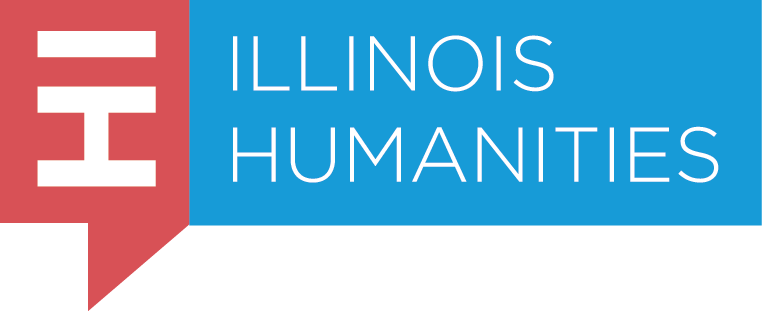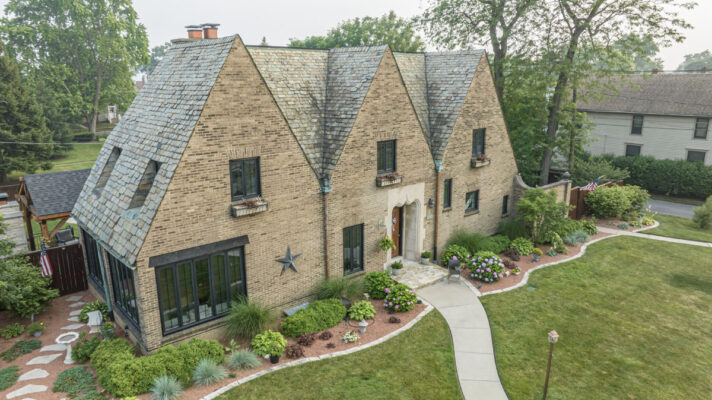The Albee House will be closed on Friday, May 9.
The Home You Longed For
Trailer for “The Home You Longed For”
This program was made possible in part by a grant from Illinois Humanities.

In partnership with the Blue Island Arts Alliance
American Architect Robert Seyfarth was born in Blue Island, Illinois April 13, 1878, and spent his formative years working alongside architects August Fiedler and George Washington Maher. Seyfarth attended Chicago’s Manual Training School and was a member of the Chicago Architectural Club.
His architectural lineage can best be described as royal, including the likes of August Bauer, Frank Furness, Daniel Burnham, and Frank Lloyd Wright.
While timing and close contemporaries of Seyfarth may categorize the architect as Prairie School, Seyfarth’s style was more a “distillation of prevailing revivalist architecture, characterized not by the frequent devotion to detail that typified the movement but by strong geometry, a highly refined sense of proportion, and the selective, discriminating use of historical references.” https://en.wikipedia.org/wiki/Robert_Seyfarth
In his own words in the 1918 publication “The Home You Longed For”:
“With such a rich inheritance handed down to us, why should not all of our homes be of this sort, examples of these splendid former types which were fashioned on sound principles beyond reason for change of design and possessing an artistic grace from which future generations may gather lasting inspiration – ‘made to live in and adorned to please’ – such should be the enduring qualities of the typical American home of today?”
Robert Seyfarth truly loved home. Designing it. Living in it. Raising a family in it. Making the best form of it available for friends and family, the wealthy and the common. More than 200 of his homes once stood like Robert, gracefully confident, quietly proud, as described by Susan Benjamin, Highland Park Historian and contributing author and consultant on historic architecture and preservation:
“It was the brilliant way he combined influences, always sensitive to proportion and scale and adorned with spare but beautiful detailing, that quietly makes his houses special.”
Once a valued trait and sign of intellect and status, presentation of self and opinion by actions has been replaced by society’s preoccupation with hashtags and selfies – just like too many of Seyfarth’s homes have been replaced by North Side mansions spanning multiple lots and South Side blight.
Maybe if Seyfarth had been more scandalous, like his contemporary Wright, more of the world would know him, making his story and homes more “viral” and difficult to ignore.
Maybe, Seyfarth’s granddaughter Mary jokingly suggests, her “Pop Pop” should have run off to Europe with a client’s wife.
Instead, he married wife Nell, building their “honeymoon cottage” home on Blue Island’s Maple Avenue before starting his own design firm in 1909. The couple welcomed three sons, and in 1910, moved to their new home constructed by Seyfarth in the North Shore town of Highland Park. Seyfarth continued designing homes until his passing on March 1, 1950 at the age of 71.










